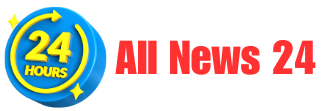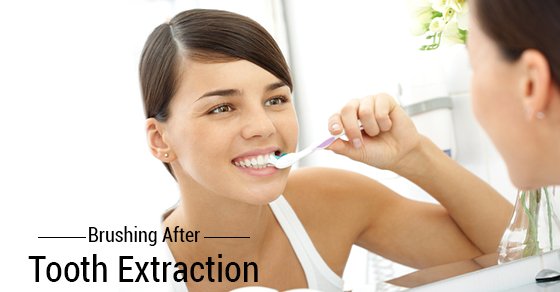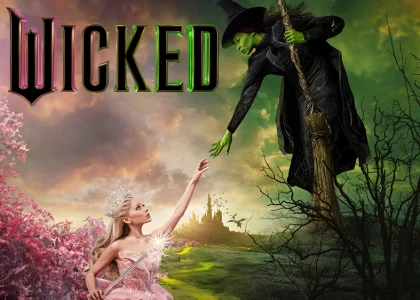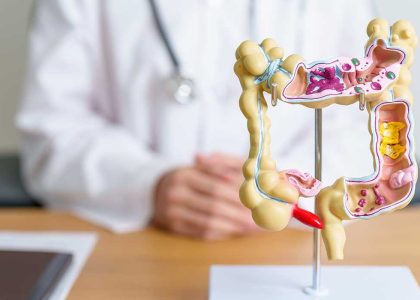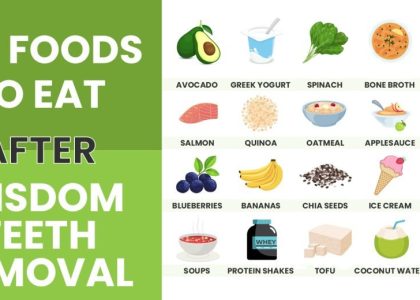You can start brushing your teeth the day after tooth extraction, but it’s crucial to follow specific guidelines to avoid complications. Timing matters when it comes to post-extraction oral care. Initially, be gentle around the extraction site to prevent irritation or dislodging of the blood clot. Gradually increase the pressure as the area heals. Remember, patience and care are key in maintaining good oral hygiene during this critical period. So, when can you brush after tooth extraction? Let’s delve into the details to ensure a smooth recovery process.
When Can You Brush After Tooth Extraction: A Comprehensive Guide
Introduction
So, you’ve just had a tooth extracted, and now you’re wondering when you can pick up that toothbrush and give your mouth a good clean? It’s essential to take care of your oral hygiene after a tooth extraction to prevent infections and promote healing. But, you also don’t want to disrupt the healing process by brushing too soon. Let’s delve into the details of when it’s safe to brush after a tooth extraction.
Understanding Tooth Extraction
Before we jump into the brushing timeline, let’s understand what happens during a tooth extraction. When a tooth is extracted, a wound is created in the gum and bone where the tooth once was. This wound needs time to heal properly to prevent complications such as dry socket, infection, or delayed healing.
Immediate Aftercare
Immediately after a tooth extraction, it’s crucial to allow a blood clot to form in the extraction site. This blood clot protects the underlying bone and nerves and is essential for proper healing. In the first 24 hours after extraction, avoid any vigorous rinsing, spitting, or touching the extraction site to prevent dislodging the blood clot.
When Can You Start Brushing?
The general recommendation is to wait at least 24 hours before brushing your teeth after a tooth extraction. During this initial period, focus on gentle rinsing with saltwater to keep the area clean without disturbing the blood clot. After the first 24 hours, you can start incorporating gentle brushing into your oral hygiene routine.
Brushing Techniques After Tooth Extraction
When you do start brushing after a tooth extraction, it’s crucial to be extra gentle to avoid disrupting the healing process. Use a soft-bristled toothbrush and brush your teeth with light, circular motions. Pay extra attention to the extraction site, being careful not to brush directly on the wound to prevent irritation.
Choosing the Right Toothbrush
Opt for a soft-bristled toothbrush to avoid causing trauma to the extraction site. Hard bristles can be too harsh on your sensitive gums and might dislodge the blood clot, leading to complications.
Using Toothpaste
Stick to using a mild toothpaste without harsh ingredients such as whitening agents or strong flavors. These ingredients can be irritating to the healing wound. A small amount of toothpaste is sufficient; you don’t need a large amount to clean your teeth effectively.
Frequency of Brushing
After the first 24 hours post-extraction, aim to brush your teeth gently after every meal to keep your mouth clean and prevent bacterial buildup. Proper oral hygiene is crucial during the healing process to reduce the risk of infection.
Signs to Watch Out For
As you resume brushing after a tooth extraction, pay attention to any unusual symptoms that may indicate a problem. If you experience excessive bleeding, severe pain, persistent swelling, or foul odor from the extraction site, contact your dentist immediately.
Long-Term Care Post-Extraction
Once the extraction site has fully healed, continue with your regular oral hygiene routine, including brushing at least twice a day and flossing daily. Routine dental check-ups are essential to monitor the healing process and address any concerns promptly.
Knowing when to brush after a tooth extraction is crucial for promoting proper healing and preventing complications. By following the recommended timeline and techniques for brushing post-extraction, you can maintain good oral hygiene while allowing your mouth to heal effectively. Remember, gentle care and patience are key to a smooth recovery from a tooth extraction. If you have any concerns or experience unusual symptoms, don’t hesitate to contact your dentist for guidance.
Can I brush my teeth after wisdom teeth extractions? #dentist
Frequently Asked Questions
When is it safe to brush your teeth after a tooth extraction?
It is generally recommended to wait at least 24 hours before brushing your teeth after a tooth extraction. This allows the blood clot to form and protect the extraction site from infection. Be gentle when brushing near the extraction area to avoid disrupting the healing process.
Can I use toothpaste when brushing after a tooth extraction?
You should avoid using toothpaste in the first 24 hours after a tooth extraction to prevent irritation to the extraction site. Instead, rinse your mouth gently with warm salt water to keep the area clean and promote healing. After the initial 24 hours, you can resume using toothpaste but continue to be gentle around the extraction area.
How should I brush my teeth after a tooth extraction?
When brushing your teeth after a tooth extraction, use a soft-bristled toothbrush and be extra gentle around the extraction site. Avoid vigorous brushing or scrubbing to prevent dislodging the blood clot or causing bleeding. Brush your teeth in a slow and careful manner to maintain oral hygiene without harming the healing process.
Final Thoughts
After a tooth extraction, wait 24 hours before brushing near the extraction site. Gently brush the rest of your teeth and tongue to maintain oral hygiene. You can start brushing around the extraction site gently after 24 hours, but avoid directly brushing the area. Remember, when can you brush after tooth extraction depends on giving your mouth time to heal.

